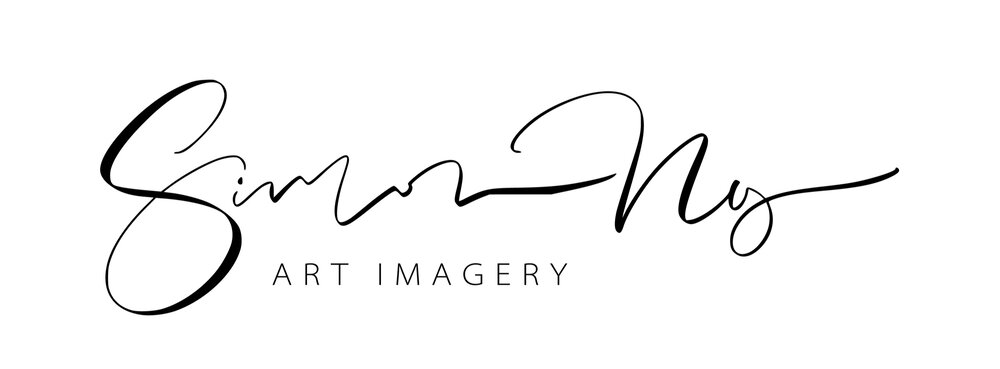Still in lock down. My photography itch is very hard to scratch at the moment, with the only option local shots around the street (I should take the macro out).
However, I’ve recently had my car fully detailed and ceramic coated at Dan’s Garage Detailing. Dan is an exceptional detailer, an artisan of his trade, working on same absolutely stunning machines but with a singular focus on quality and on working with the right customers. On top of that, his workshop is amazing, fully kitted out with temperature accurate lighting, wash bays, detailing bays and a host of other cool features (including a great coffee machine).
His studio provided the perfect environment for shots of my finished car. I particular love the way the bay entrance provides a natural frame for the image, and in the very first shot, I’ve manipulated the lighting to provide a halo around the car reminiscent of a showroom display. The neutral grey is ideal as well, bringing the colour and shape of the car to prominence.
So in honour of his talent and hard work, I present to you photos from Dan’s Garage. Thanks Dan for posing. You look great.













